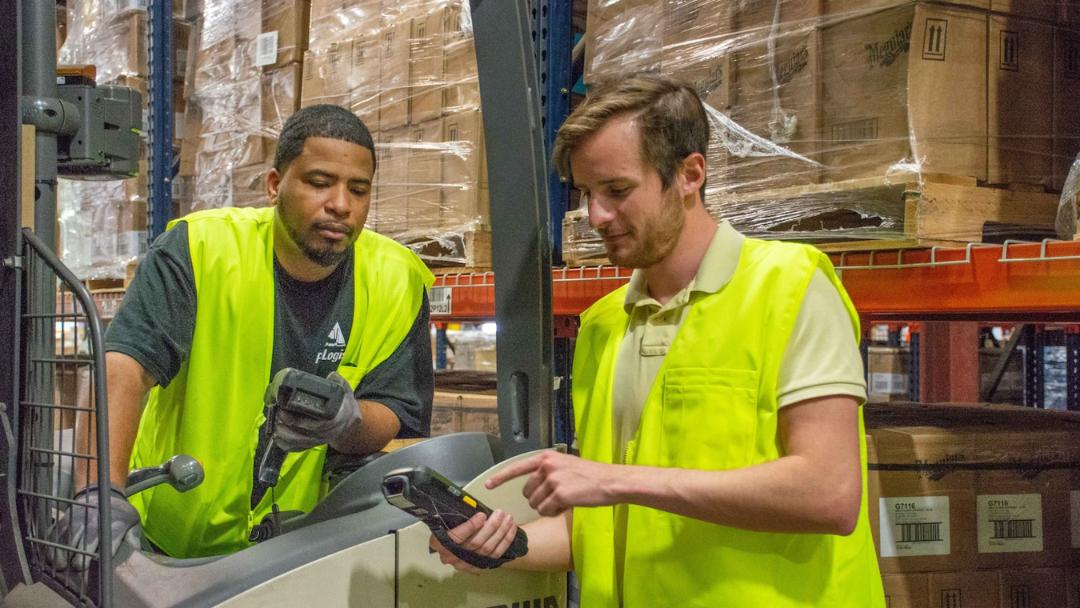Constant connectivity, fierce competition and technological advances have led to what is today known as the "on-demand workforce." In these fast-paced times, companies reach out directly to employees who work on demand — ready to respond, whenever and wherever.
This is the new norm for some sectors but also presents challenges and opportunities for companies in an increasingly competitive and tight labor market.
A report released by the U.S. Bureau of Labor Statistics revealed that the average workweek for employees in manufacturing is 40.3 hours long, with 3.3 hours of overtime, while in other industries, the average decreased to 33-35 hours.
This may be attributed to the labor shortage in manufacturing and the need to deliver products faster than ever before. However, in order to meet their recruiting needs, manufacturing companies need to consider adapting their hiring strategy and the way they manage their workforce.
What does this mean for manufacturers?
Although the on-demand workforce was born in the technology sector, it's also influencing other industries. Fundamentally, it's an evolution of how people work and companies hire.
The on-demand workforce has altered the traditional employment model by offering workers more flexibility and autonomy in their daily lives. Still, it has also increased the need for companies to evolve their recruiting and management practices.
Manufacturers are seeing the effects of this new model in their own supply chain, where they are seeing a trend of more workers seeking flexibility and autonomy.
In fact, research by the Forbes Health-Ipsos Monthly Health Tracker revealed that 90% of employees classify work-life balance as an important aspect of their job — even more critical than working consistent hours or a path for promotion.
However, the manufacturing industry has been slow to adapt. Many manufacturers still operate in a command-and-control environment where employees are often micromanaged and have little say in their day-to-day tasks. While this may have worked well for the past 100 years, it's no longer viable as the workforce becomes more diverse and independent.
How can you manage employees who are working on-demand?
By hiring on-demand through a staffing agency, a manufacturing company can easily tap into the talent of a pool of workers who are ready, willing and qualified to work.
This model provides flexibility for both the manufacturing employees and manufacturing businesses, allowing them to adapt quickly to changing market conditions.
However, when you're bringing in new workers to your manufacturing facility, you need to make sure you're:
- Communicating all processes, procedures and expectations.
- Dividing hours and workload equitably.
- Scaling up or down according to market conditions.
- Providing a safe working environment.
While it's more straightforward for other industries to adapt to the on-demand workforce, manufacturing businesses can still reap the benefits of the new model.
By creating an environment that is open to change, flexible and adaptable, manufacturing companies can continue to thrive in a world that is increasingly influenced by tech-enabled innovation.
Want to learn more about how we can help?


